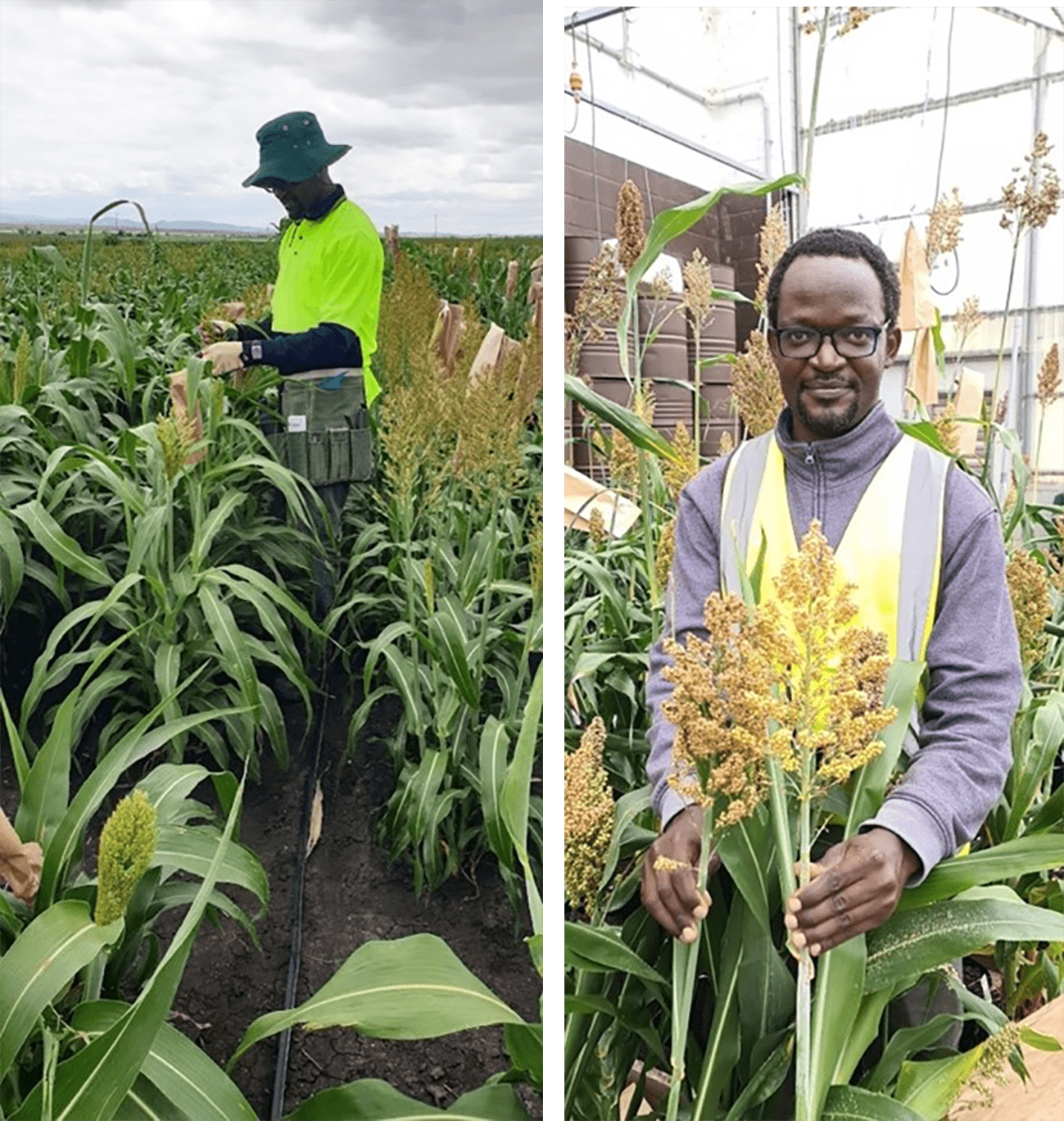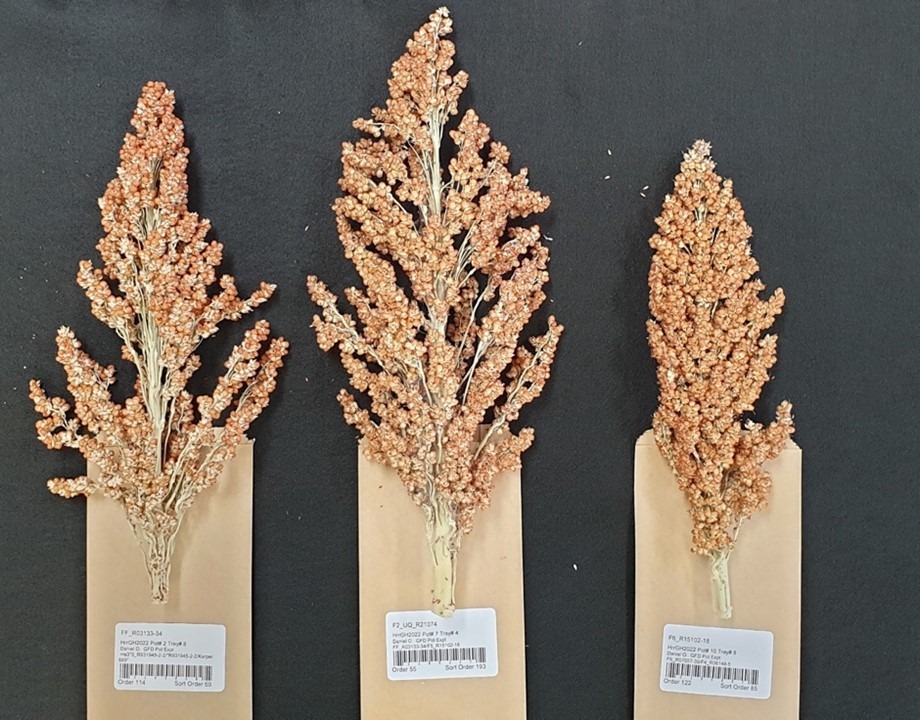

Time gain compensation: The genetics of grain filling duration in sorghum
October 14, 2022
The Crawford Fund’s Queensland Committee has again partnered with the TropAg International Agriculture Conference to assist 10 young researchers from developing countries attend and present their science at this international conference which will be held in Brisbane from 31 October to 02 November 2022.
Successful candidates were chosen by a selection panel made up of representatives of The Crawford Fund and the TropAg conference organisers, based on submitted abstracts of their research.
In the lead-up to the conference we will be publishing short blog posts written by the young researchers about their work. Here is the third blog.
By Daniel Otwani, The University of Queensland
Growing up in rural Kenya where agriculture is central to the livelihood of the communities, there was sufficient inspiration to venture into farming in one way or another. My journey in agricultural science started at Egerton University in Kenya where my passion to pursue plant breeding and genetics was nurtured. My inclination to work with sorghum and millets, a staple in my local community contributed to my decision to work with ICRISAT. Together with national programs and farmers in East Africa, we developed sorghum and finger millet varieties through participatory breeding approaches, an enriching and enlightening experience I always cherish.

My current research as you would have guessed, involves sorghum but now more and more sorghum covering much of the global sorghum diversity available. I aim to understand the genetic control of grain filling duration in sorghum. Yield in sorghum is a complex trait influenced by among others, grain related traits such as grain number and grain size (grain filling duration, rate of grain fill, assimilate supply etc).
Yield increases have been achieved in cereals through manipulation of grain number. Manipulation of grain size through grain filling duration offers potential to increase grain size and yield with little or no penalty for grain number. Grain size increase in sorghum is desirable for quality and ease of processing, to growers it reduces percent of small grains (screenings) which in turn increases farm incomes.
Three studies will be pursued to achieve the aim of this research;
- A study to establish the genomic regions responsible for the control of grain filling duration in sorghum
- A study of the gene action for grain filling duration. Here F1 hybrids will be developed and the trait observed across multiple generations to understand its inheritance pattern.
- A simulation study that will use data from objective one to understand the value of the variation in grain filling duration trait in multiple environment scenarios, using 100 years of weather data. APSIM will be used for this modelling study.
Preliminary results from objective one indicates that grain filling duration is associated with 1000 kernel weight and kernel length. These traits could potentially be useful as surrogates for grain filling duration and will save breeders time in phenotyping.
Solutions to current world challenges are inevitably transdisciplinary, consequently I aspire to collaborate and contribute in that framework to better the outcome and applications of research as a solution to our present and future challenges.





 0
0